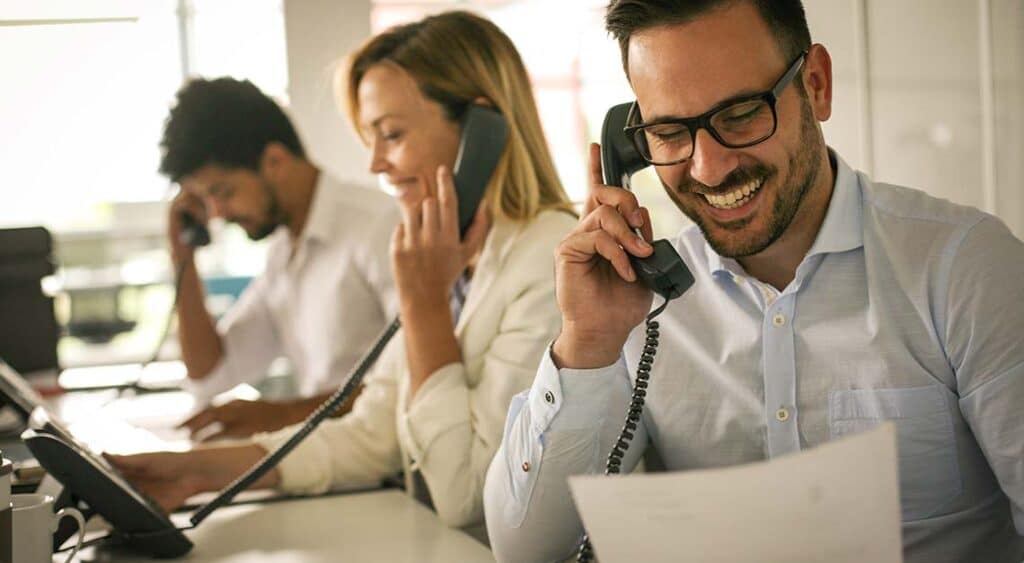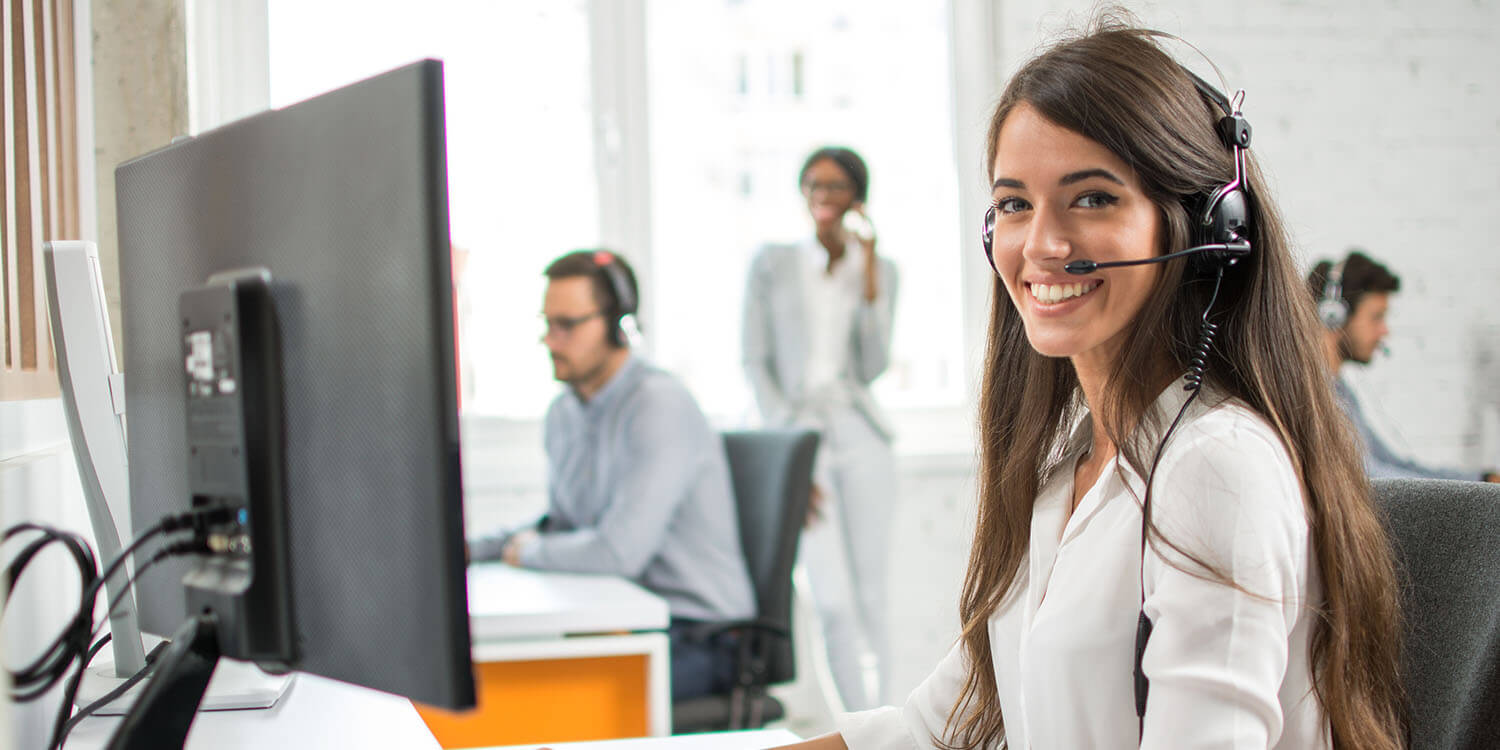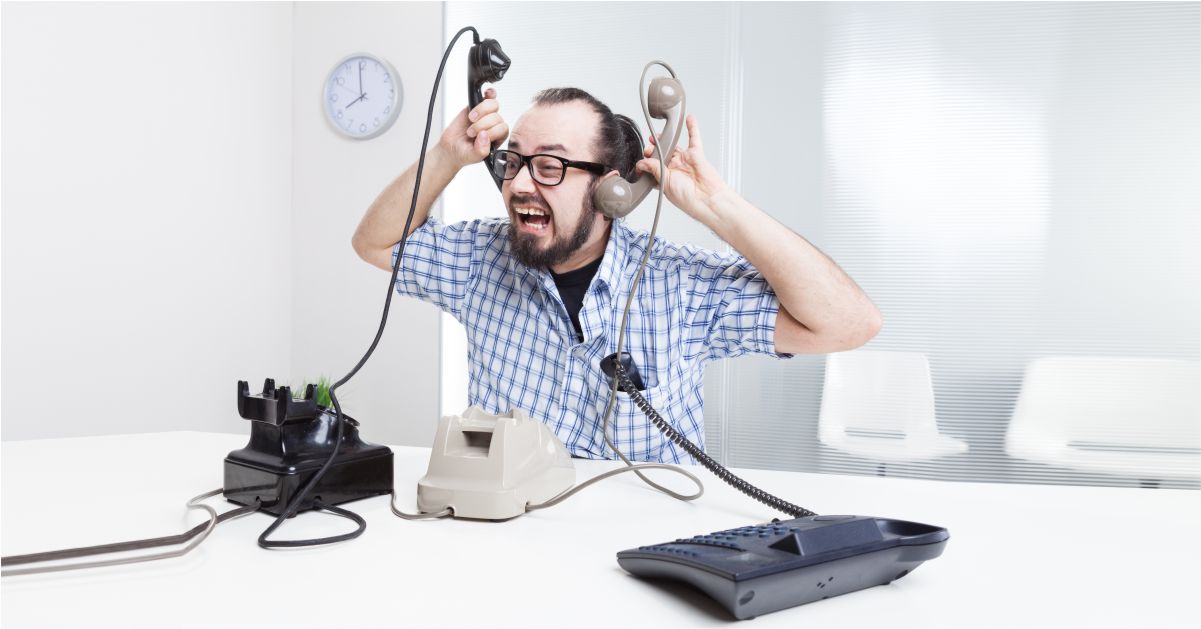All Categories
Featured
Table of Contents
- – Who Has The Best What Are Call Answering Servic...
- – When Best Time To Buy Telephone Answering Serv...
- – Which Is The Best What The Heck Is An Answerin...
- – What Is The Best How To Start An Answering Se...
- – What Is The Best Automated Answering Service,...
- – Best 4 Different Types Of Business Phone Ans...
Who Has The Best What Are Call Answering Services? - Explained?
This device and its successors were created by Sava Jacobson, an electrical engineer with a private consulting business. While early answering makers utilized magnetic tape innovation, a lot of modern-day equipment utilizes strong state memory storage; some devices use a mix of both, with a solid-state circuit for the outgoing message and a cassette for the incoming messages.
"toll conserving" listed below) (answer phone service). This is helpful if the owner is screening calls and does not wish to talk to all callers. In any case after going, the calling party ought to be informed about the call having actually been responded to (in many cases this begins the charging), either by some remark of the operator, or by some greeting message of the TAD, or resolved to non-human callers (e.
This holds especially for the Little bits with digitally saved greeting messages or for earlier machines (before the rise of microcassettes) with a special unlimited loop tape, different from a 2nd cassette, devoted to recording. There have actually been answer-only devices without any recording abilities, where the greeting message had to inform callers of a state of present unattainability, or e (phone answering service).
When Best Time To Buy Telephone Answering Services

about accessibility hours. In taping TADs the greeting usually includes an invite to leave a message "after the beep". An answering maker that uses a microcassette to tape-record messages On a dual-cassette answerphone, there is an outbound cassette, which after the specified number of rings plays a pre-recorded message to the caller.

Single-cassette answering makers contain the outbound message at the beginning of the tape and incoming messages on the remaining space. They first play the statement, then fast-forward to the next offered area for recording, then tape the caller's message. If there are many previous messages, fast-forwarding through them can trigger a significant hold-up.
This beep is often described in the greeting message, requesting that the caller leave a message "after the beep". Little bits with digital storage for the recorded messages do not reveal this hold-up, naturally. A little bit may use a remote control facility, whereby the answerphone owner can call the home number and, by entering a code on the remote telephone's keypad, can listen to tape-recorded messages, or delete them, even when away from home.
Which Is The Best What The Heck Is An Answering Service? Company?

Thereby the machine increases the number of rings after which it answers the call (typically by 2, resulting in four rings), if no unread messages are currently saved, but answers after the set number of rings (typically 2) if there are unread messages. This enables the owner to learn whether there are messages waiting; if there are none, the owner can hang up the phone on the, e.
Some devices likewise allow themselves to be from another location triggered, if they have actually been changed off, by calling and letting the phone ring a certain a great deal of times (normally 10-15). Some provider abandon calls currently after a smaller sized number of rings, making remote activation impossible. In the early days of Littles a special transmitter for DTMF tones (dual-tone multi-frequency signalling) was regionally needed for remote control, given that the formerly used pulse dialling is not apt to communicate appropriate signalling along an active connection, and the dual-tone multi-frequency signalling was implemented step-by-step.
Any incoming call is not identifiable with respect to these properties in advance of going "off hook" by the terminal equipment. So after going off hook the calls should be switched to appropriate gadgets and only the voice-type is immediately accessible to a human, however perhaps, however should be routed to a LITTLE BIT (e.
What Is The Best How To Start An Answering Service Business Deal
What if I informed you that you do not have to actually get your device when addressing a client call? Another person will. So practical, right? Addressing telephone call does not require someone to be on the other end of the line. Efficient automated phone systems can do the trick simply as efficiently as a live representative and in some cases even better.
An automated answering service or interactive voice action system is a phone system that interacts with callers without a live person on the line - phone call answering. When business use this technology, consumers can get the answer to a concern about your business simply by utilizing interactions established on a pre-programmed call flow.
Although live operators upgrade the customer support experience, many calls do not need human interaction. A simple recorded message or guidelines on how a consumer can obtain a piece of information normally resolves a caller's instant requirement - phone answering. Automated answering services are a simple and efficient way to direct inbound calls to the best person.
What Is The Best Automated Answering Service, Better Known As Interactive ... Deal
Notification that when you call a business, either for support or item questions, the first thing you will hear is a pre-recorded voice greeting and a series of options like press 1 for customer care, press 2 for queries, and so on. The pre-recorded alternatives branch out to other options depending upon the client's choice.
The phone tree system assists direct callers to the best person or department using the keypad on a cellphone. In some instances, callers can use their voices. It's worth noting that auto-attendant choices aren't limited to the 10 numbers on a phone's keypad. When the caller has actually picked their very first choice, you can create a multi-level auto-attendant that uses sub-menus to direct the caller to the best kind of support.
The caller does not need to interact with an individual if the auto-attendant phone system can manage their concern. The automated service can path callers to a staff member if they reach a "dead end" and need assistance from a live agent. It is costly to work with an operator or executive assistant.
Best 4 Different Types Of Business Phone Answering Services
Automated answering services, on the other hand, are significantly cheaper and provide significant expense savings at approximately $200-$420/month. Even if you do not have actually dedicated personnel to handle call routing and management, an automated answering service enhances performance by allowing your team to concentrate on their strengths so they can more effectively spend their time on the phone.
A sales lead routed to client service is a lost shot. If a customer who has item concerns reaches the wrong department or receives insufficient answers from well-meaning employees who are less trained to deal with a particular kind of concern, it can be a cause of disappointment and frustration. An automatic answering system can lessen the variety of misrouted calls, thus helping your employees make better usage of their phone time while freeing up time in their calendar for other tasks.
With Automated Answering Systems, you can create an individualized experience for both your staff and your callers. Make a recording of your primary welcoming, and merely update it frequently to show what is going on in your company. You can create as many departments or menu options as you desire.
Table of Contents
- – Who Has The Best What Are Call Answering Servic...
- – When Best Time To Buy Telephone Answering Serv...
- – Which Is The Best What The Heck Is An Answerin...
- – What Is The Best How To Start An Answering Se...
- – What Is The Best Automated Answering Service,...
- – Best 4 Different Types Of Business Phone Ans...
Latest Posts
Effective Emergency Call Answering Service Near Me (South Brisbane)
Proven Answering Services For Small Businesses (Wagga Wagga 2650)
Leading Receptionist Service
More
Latest Posts
Effective Emergency Call Answering Service Near Me (South Brisbane)
Proven Answering Services For Small Businesses (Wagga Wagga 2650)
Leading Receptionist Service